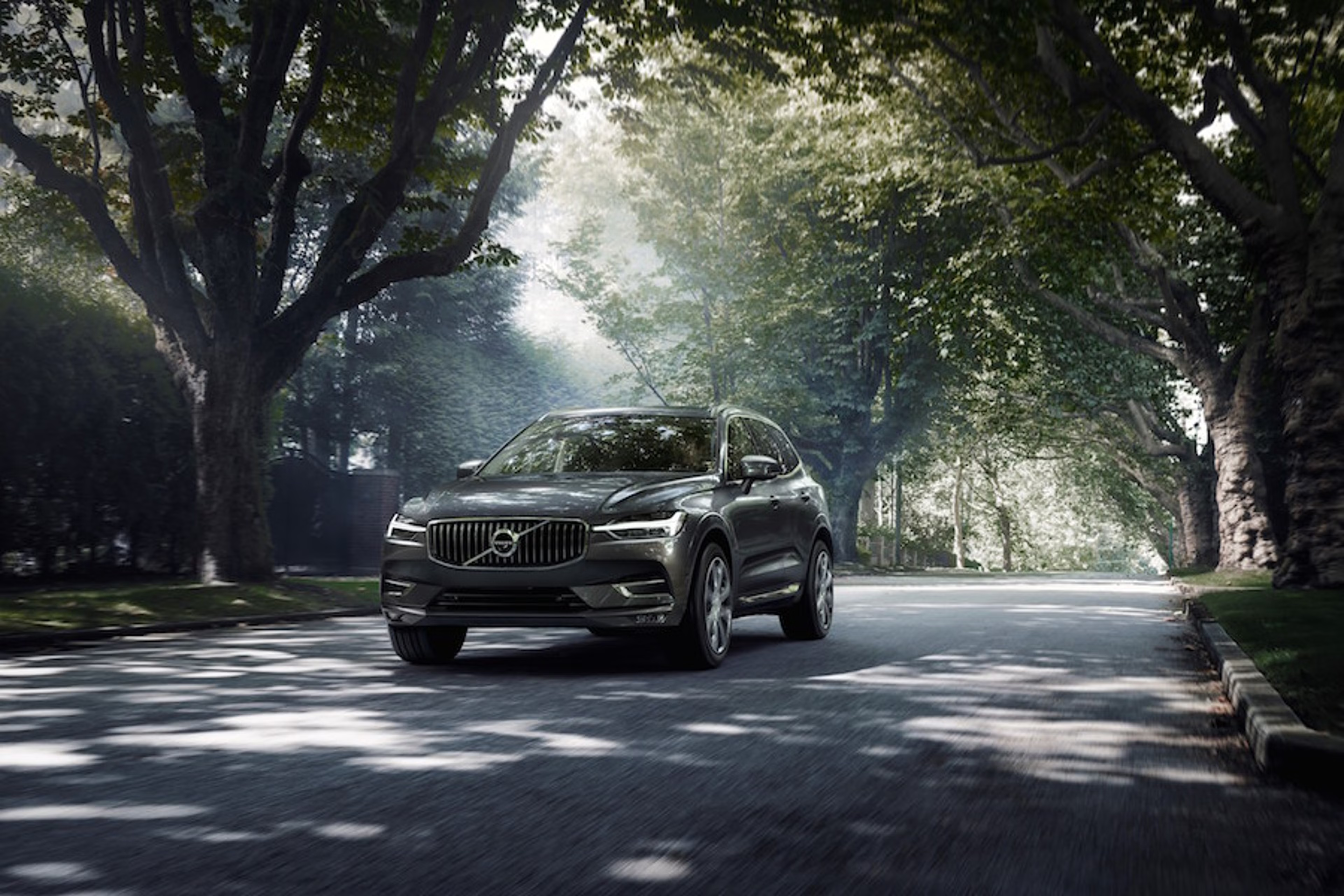Petrol mild hybrid vs. plug-In hybrids: What’s the difference?
A mild hybrid is a petrol car that uses a self-charging battery to boost efficiency. Here’s why it matters, and how it differs from a plug-in vehicle.

The car industry can be guilty of getting caught up in its own terminology. Mild hybrids are now one of the biggest selling engine types globally – but the average driver might not know what a mild hybrid is or does.
In short, a mild hybrid is a petrol engine vehicle that uses a small motor and a 48v battery to boost engine efficiency, smooth starts and improve acceleration.
Mild hybrids don’t require recharging, because they use energy recovered from braking to top-up the battery.
See this article on how regenerative braking works, but in short, regenerative braking and mild hybrid technology mean Volvo drivers waste less energy, emit fewer emissions and get more bang for their buck – helping petrol-engine mild hybrid models cover more kilometres per tank.
Keeping the battery regularly charged can deliver huge fuel savings.
Which means for drivers that don’t have ready access to charging technology, but do want to reduce their fuel bill and engine emissions, a mild hybrid may represent a pragmatic choice.
Volvo Cars makes mild hybrid petrol versions of the XC90, XC60, XC40 and the S60 and V60 Cross Country.
Plug-in hybrids
Plug-in hybrids, known as PHEVs, have a larger battery and motor as well as an engine and can travel up to 70km on battery power alone.
That’s double the average daily driving distance in Australia, which is why many Volvo PHEV drivers are using them effectively as a battery-powered vehicle. When driving around town, particularly in stop-start in traffic, regenerative braking helps to improve that range.
As the name suggests, plug-in hybrids do need to be plugged-in. But because their batteries are significantly smaller than a pure electric vehicle – those powered by batteries alone – they can be charged quickly.
Keeping the battery regularly charged can deliver huge fuel savings. In fact, Volvo Cars global data shows that its plug-in hybrid vehicles are being driven around half the time in battery-only mode. Which means Volvo PHEV drivers are halving their fuel consumption and tailpipe emissions.
For many plug-in hybrid drivers, that flexibility means they can do the daily commute in battery mode – and use the engine for longer journeys.
Volvo Cars makes plug-in hybrid versions of the XC90 and the XC60, both badged as ‘Recharge’ models.
Visit Volvocars.com/au to see Volvo Car Australia’s full line-up – or contact your local retailer.